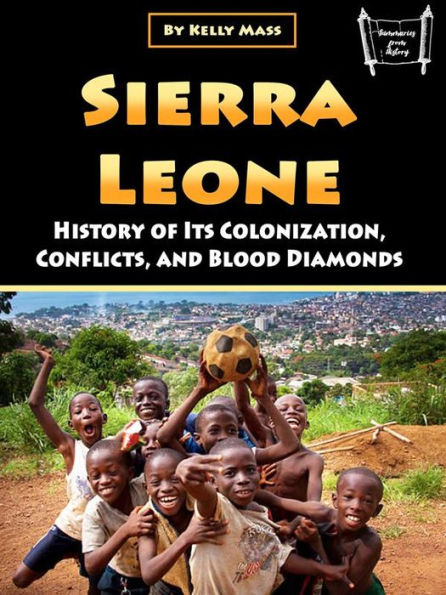More than two millennia ago, the rich history of Sierra Leone began with the settlement of indigenous African peoples. The Limba, the initial discoverers of this land, established roots that echoed through the ages.
Sierra Leone's unique geographical positioning, encompassed by vast tropical rainforests, served as a sanctuary for those seeking refuge from violence and jihad, setting it apart from other West African cultures. In 1462, Pedro de Sintra, a Portuguese explorer, bestowed upon this region the name Sierra Leone. As trans-Atlantic and coastal trade gained ascendancy over trans-Saharan trade, the Freetown estuary emerged as a vital natural port, capturing international attention and interest.
In the mid-16th century, the Mane people entered Sierra Leone, subjugating the indigenous coastal populations and instilling militarization. This period witnessed constant conflicts among the diverse chiefdoms and kingdoms, with many unfortunate prisoners finding themselves traded to European slave traffickers.
Sierra Leone played a pivotal role in the Atlantic slave trade during the 17th and 18th centuries, evolving into a central hub for anti-slavery movements after the trade's prohibition in 1807. Freetown, established by British abolitionists as a colony for Black Loyalists, ultimately became the cornerstone of British West Africa. The colony's strategic location facilitated the interception of slave ships by a naval squadron, leading to a flourishing community of Liberated Africans and Afro-Caribbean soldiers who had fought for Britain in the Napoleonic Wars. The descendants of these settlers were commonly known as Creoles or Krios.
Throughout the colonial era, the British and Creoles consolidated their influence in the region, quelling inter-chiefdom warfare and slave-trading to facilitate ongoing trade. In 1895, Sierra Leone was officially declared a protectorate by Britain, triggering the tumultuous 1898 Hut Tax War and subsequent rebellions. Amidst these challenges, demands for political rights from Creoles, the formation of trade unions against colonial employers, and peasants seeking fair treatment from their chiefs marked a period of opposition and reform.



